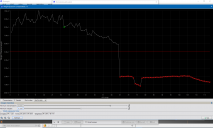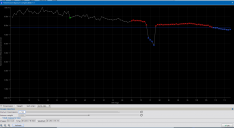Howdy, Stranger!
It looks like you're new here. If you want to get involved, click one of these buttons!
In this Discussion
NSG on different nights data (same object, very different quality)
Dear Adam,
please consider this situation:
You have two sets of data on the same object but taken from different sky (eg. set 1 from bortle 4, set 2 from Bortle 5/6 nearby a sodium street lamp).
Now you have properly calibrated and registered all the lights.
Well, if you are going to use NSG, putting all the data togheter, you will end up with the entire second set eliminated due to the weight being too low.
That being said, what would Adam Block do in this case, considering I would not want to eliminate the second set?
Whath would be a good compromise, in your opinion?
Please look at the attached files.
Thanks in advance,
Maurizio


weight.png
1679 x 1011 - 86K


trasmission.png
1675 x 917 - 61K

Comments